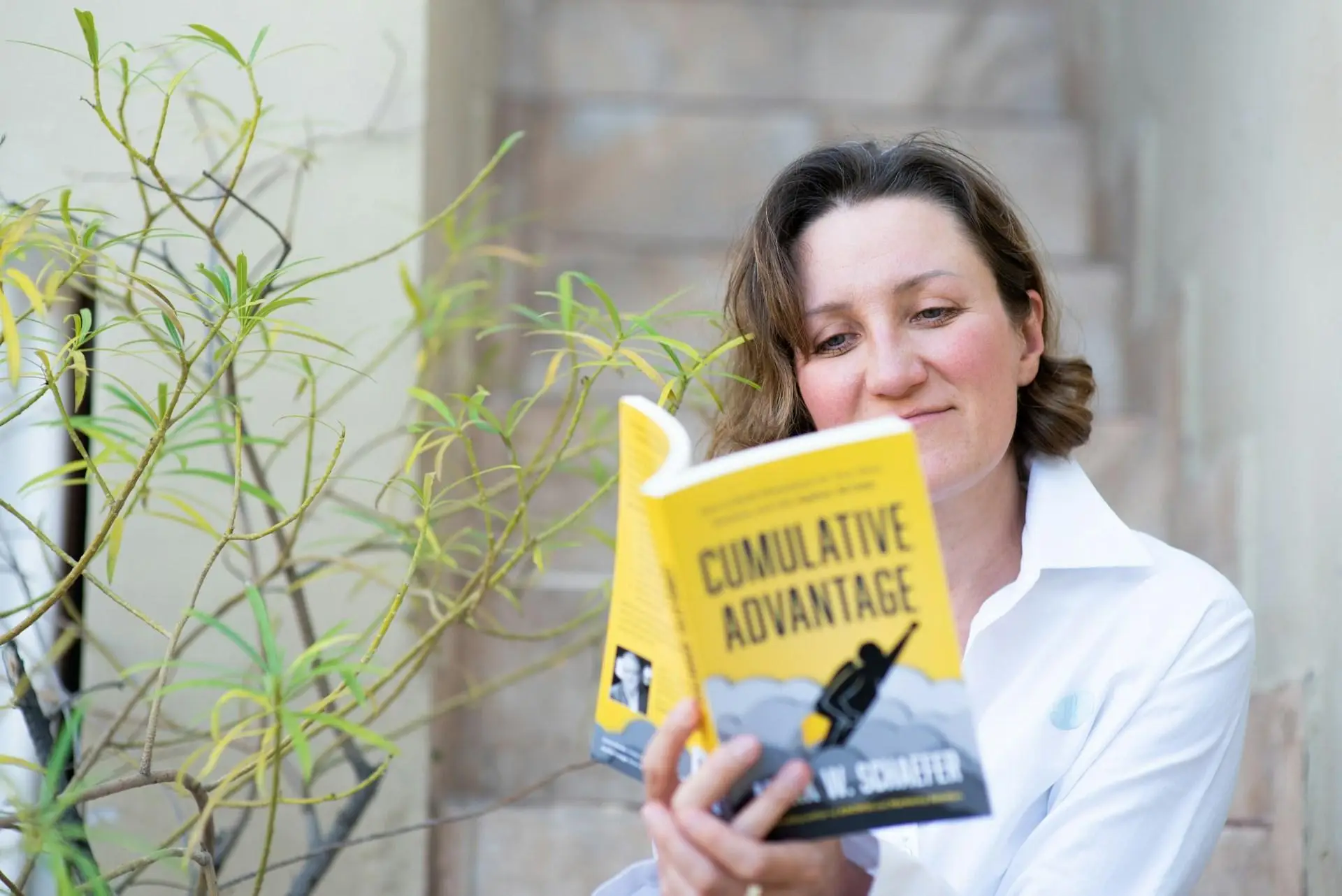The Unexpected Influence of Childhood Doodles on Professional Art
The Hidden Power of Early Expression
Childhood doodles represent more than mere scribbles on paper; they form the foundation of artistic expression and can significantly influence professional artistic development later in life. This fascinating connection between early creative expressions and mature artistic work has captured the attention of art theorists and developmental psychologists alike.
Understanding Childhood Art Development
Developmental Stages
Research shows that children's artistic development follows distinct stages that can impact their future artistic style:
- Scribbling Stage (2-4 years)
- Pre-schematic Stage (4-7 years)
- Schematic Stage (7-9 years)
- Dawning Realism (9-11 years)
- Pseudo-Naturalistic Stage (11-13 years)
The Neuroscience of Artistic Development
Brain Patterns and Creativity
Scientists have discovered that early artistic experiences create neural pathways that influence adult creative expression. Key findings include:
- Enhanced visual processing abilities
- Improved spatial awareness
- Stronger creative problem-solving skills
- Better hand-eye coordination
- Developed abstract thinking capabilities
Famous Artists and Their Early Works
Tracing Creative Origins
Many renowned artists maintain distinctive elements from their childhood artwork in their professional pieces:
| Artist | Childhood Element | Professional Implementation |
|---|---|---|
| Pablo Picasso | Simplified forms | Cubism |
| Joan Miró | Playful symbols | Surrealist imagery |
| Paul Klee | Color experimentation | Abstract expressionism |
| Wassily Kandinsky | Geometric patterns | Non-objective art |
The Psychology of Artistic Evolution
From Child to Professional
The transition from childhood doodling to professional artistry involves several psychological processes:
- Memory integration
- Emotional expression
- Technical skill development
- Style formation
- Creative confidence building
Preserving Childlike Wonder
Maintaining Creative Authenticity
Professional artists who consciously maintain connections to their childhood creativity often produce more innovative and authentic work. This preservation involves:
- Spontaneous creation
- Uninhibited expression
- Playful experimentation
- Emotional honesty
- Intuitive composition
Technical Evolution of Childhood Elements
Refinement Process
The transformation of childhood artistic elements into professional work occurs through:
- Technique refinement
- Medium experimentation
- Style development
- Conceptual maturation
- Artistic philosophy integration
Impact on Contemporary Art Movements
Modern Interpretations
Contemporary artists increasingly draw inspiration from childhood art principles:
- Naive art movement
- Outsider art influence
- Raw art appreciation
- Folk art revival
- Street art evolution
Educational Implications
Nurturing Future Artists
Understanding the connection between childhood doodles and professional art has revolutionized art education:
- Early encouragement strategies
- Creative freedom emphasis
- Technical skill integration
- Expression validation
- Portfolio development
Digital Age Influences
Technology and Artistic Development
Modern technology has created new pathways for childhood artistic development:
- Digital drawing tools
- Animation software
- Virtual reality art
- Mixed media possibilities
- Online art communities
The Future of Artistic Expression
The relationship between childhood doodles and professional art continues to evolve. As technology advances and artistic boundaries expand, the influence of early creative expressions becomes increasingly significant in shaping the future of visual arts. Understanding and nurturing this connection remains crucial for artistic development and innovation.
The preservation of childlike creativity within professional artistic practice represents a vital element in maintaining authenticity and innovation in contemporary art. This delicate balance between refined technique and pure expression continues to shape the landscape of modern visual arts, proving that our earliest artistic endeavors may hold the key to our most sophisticated creative achievements."









